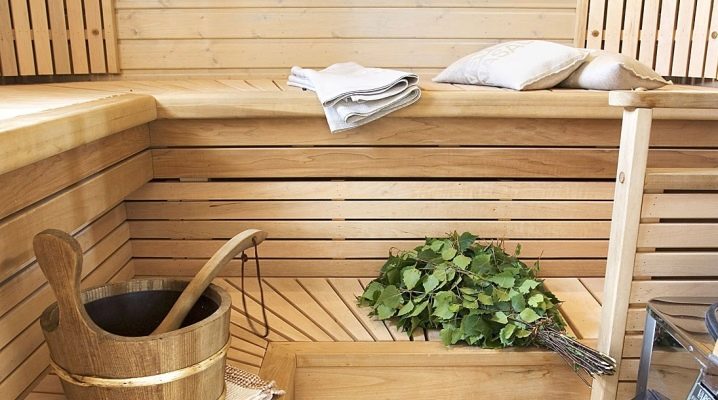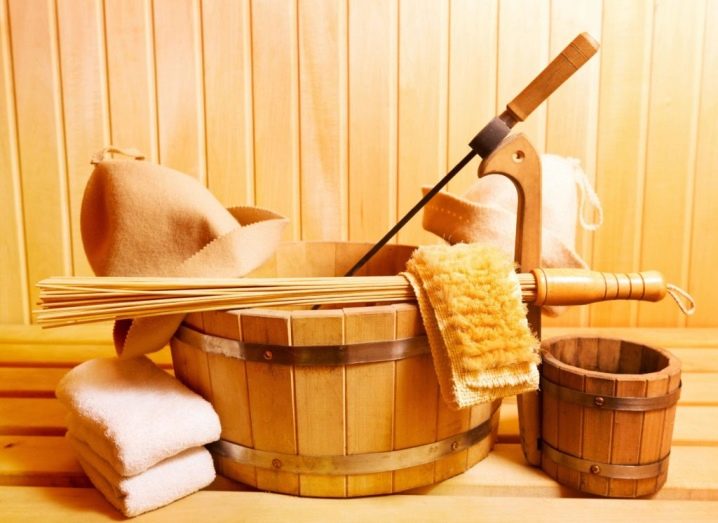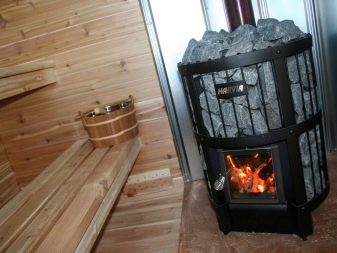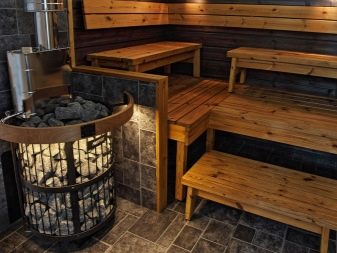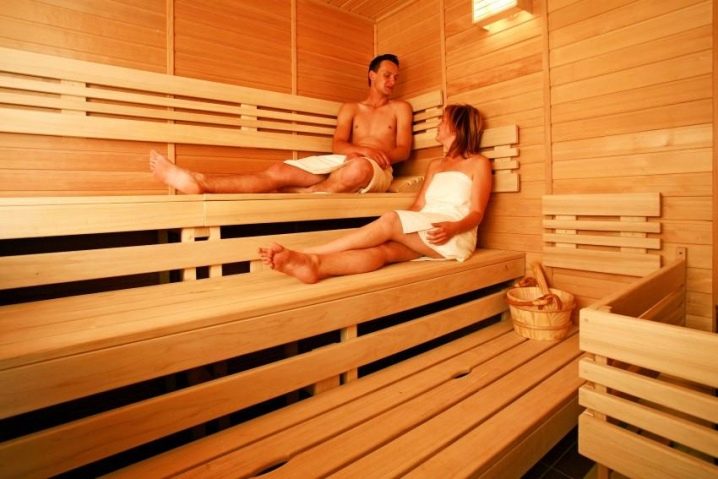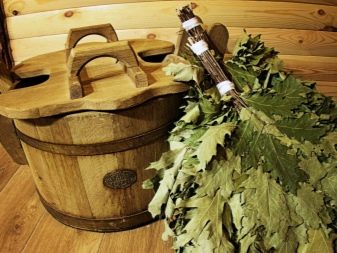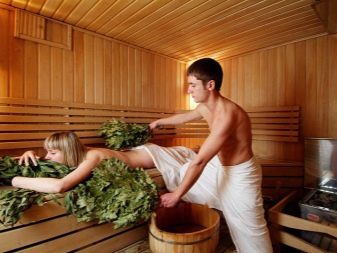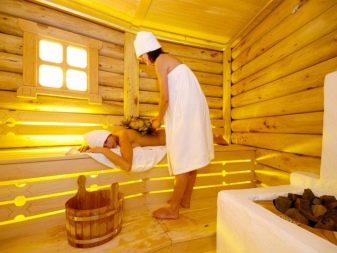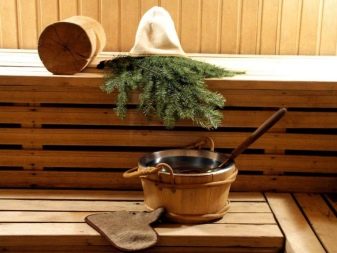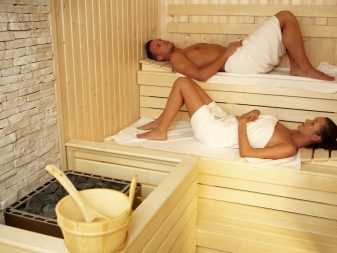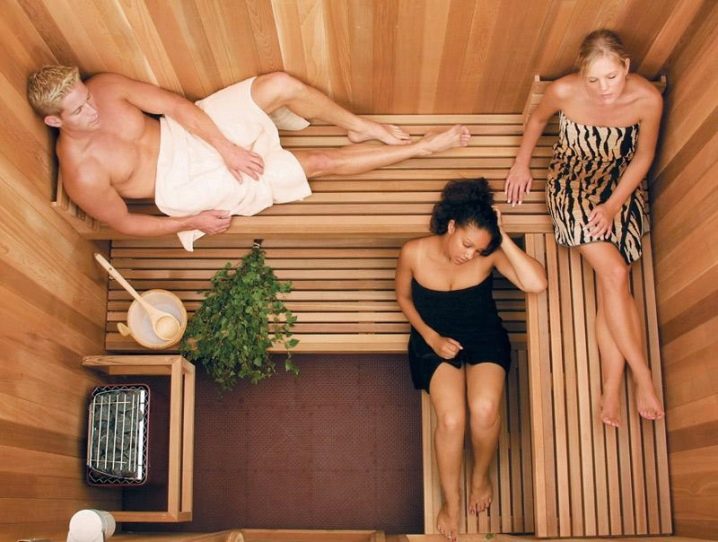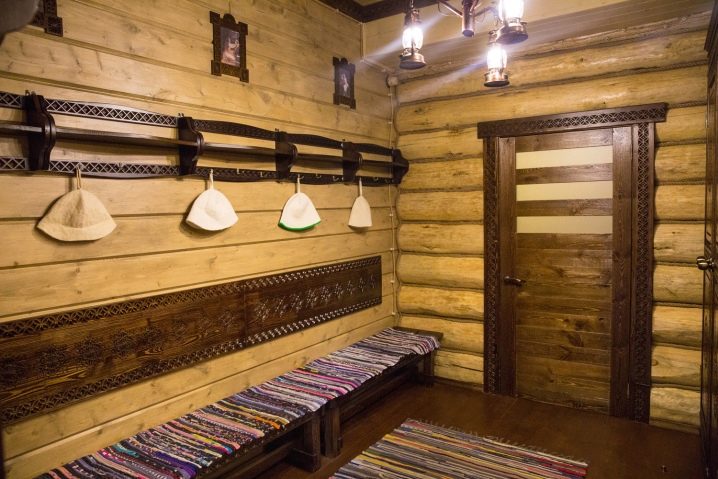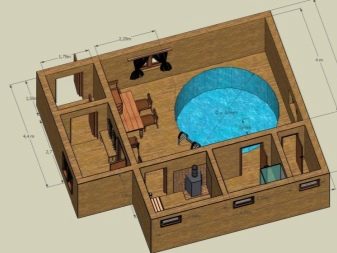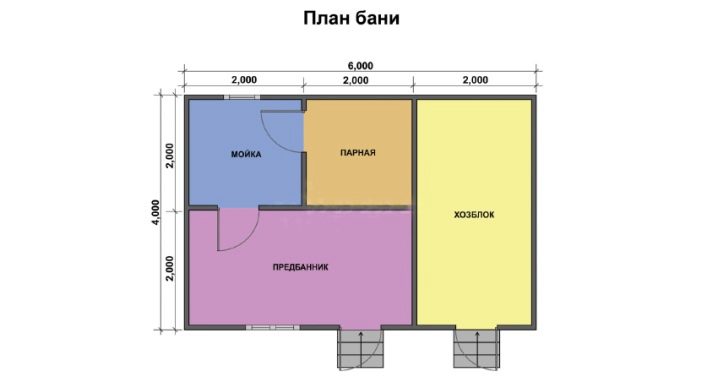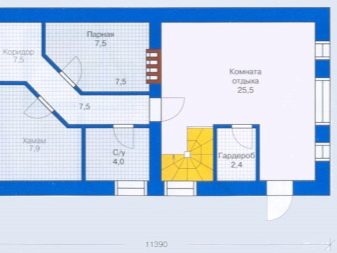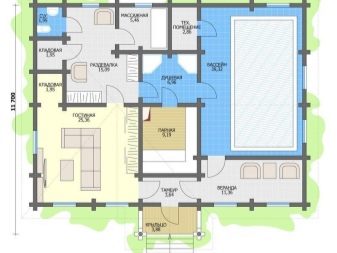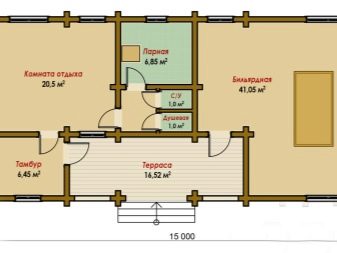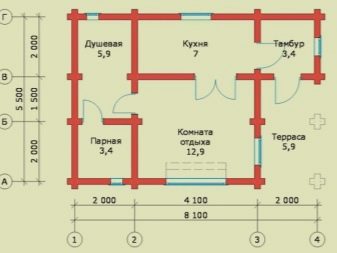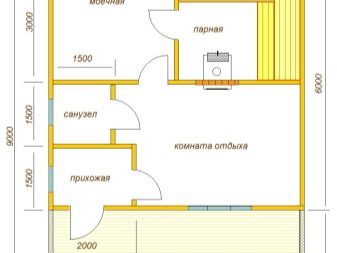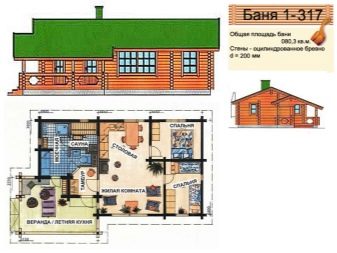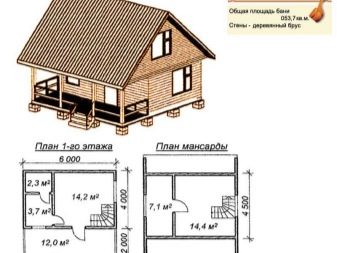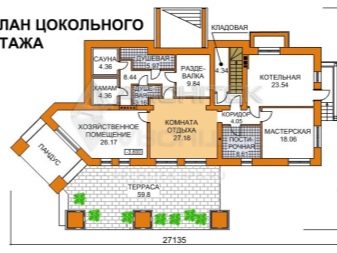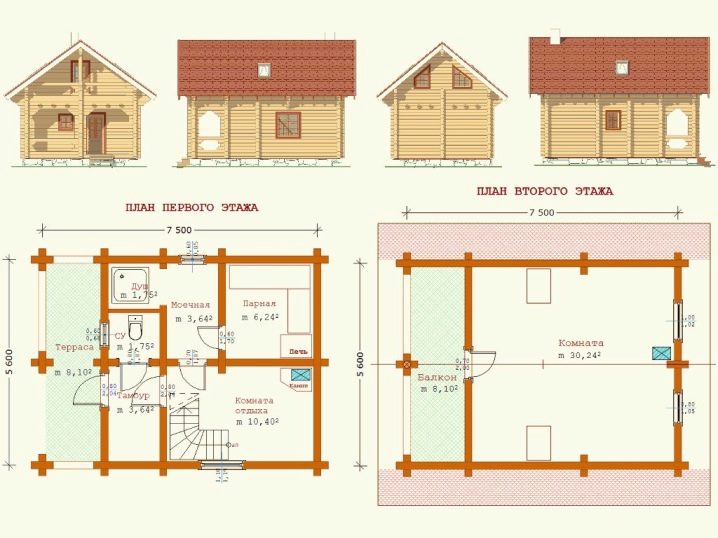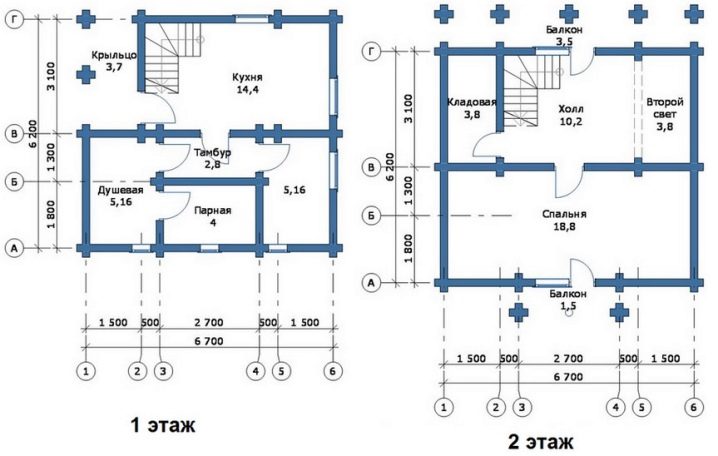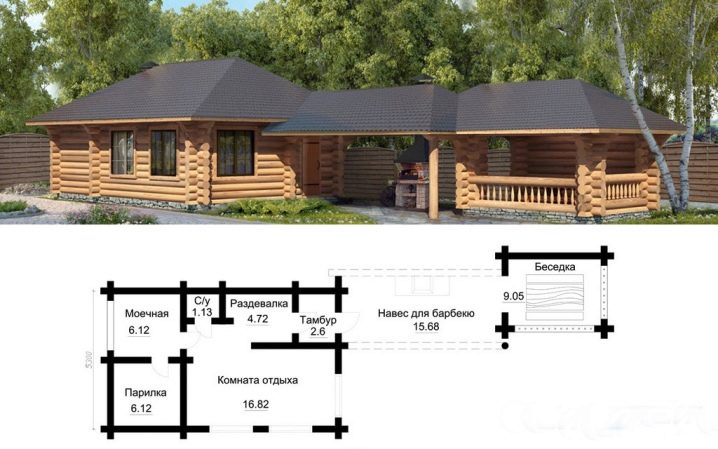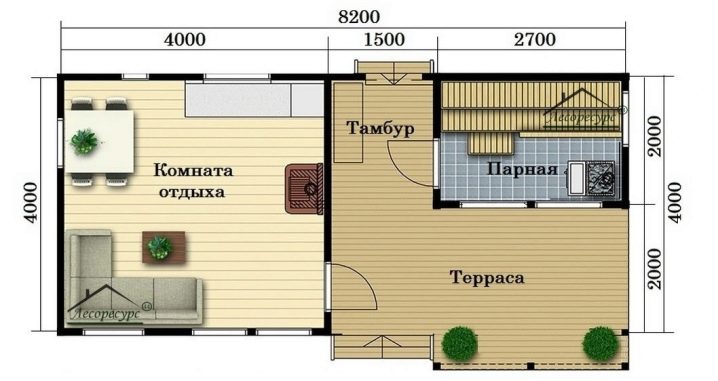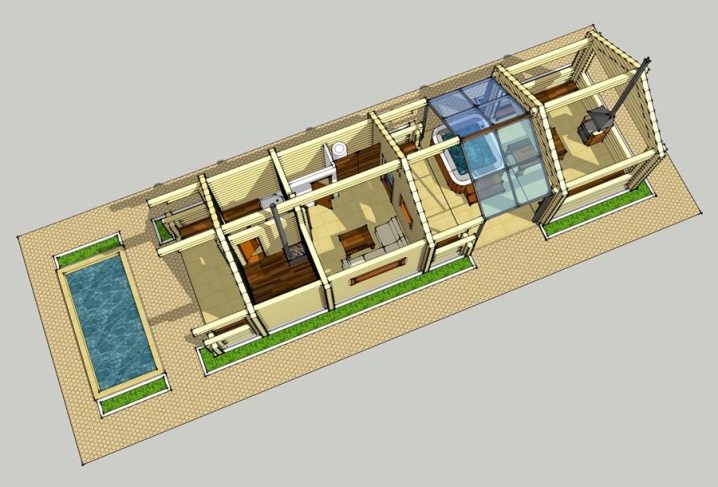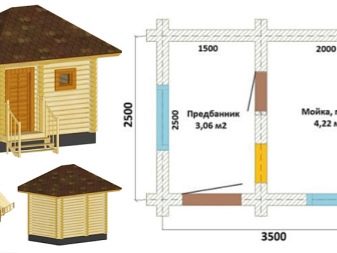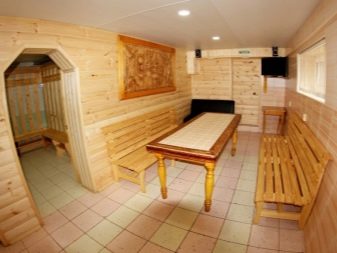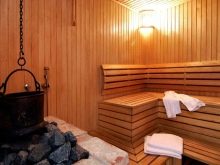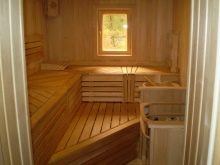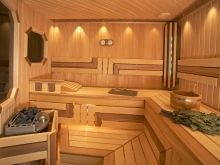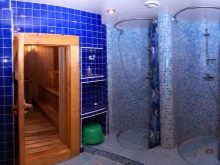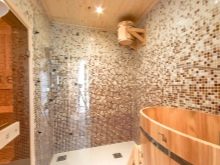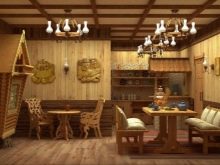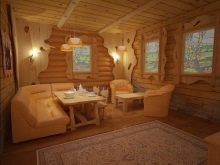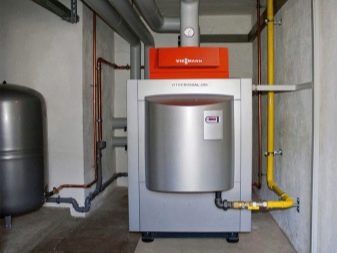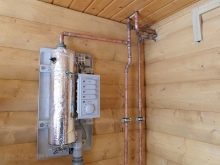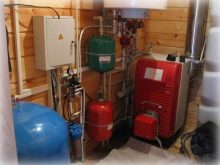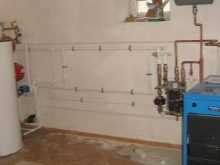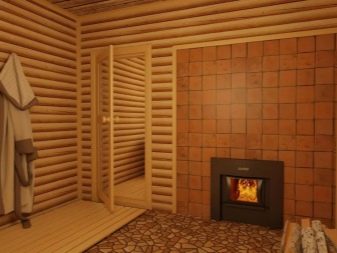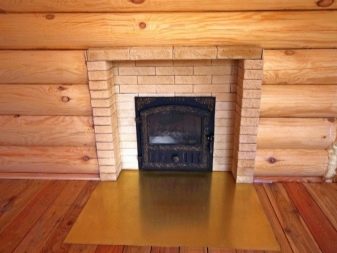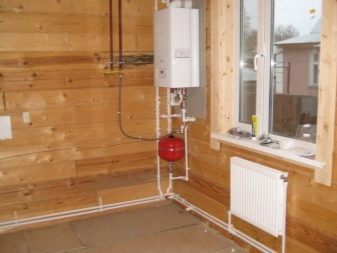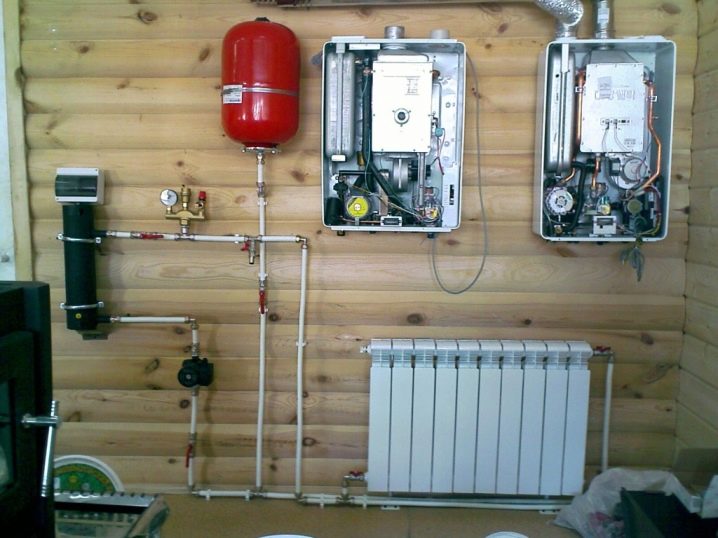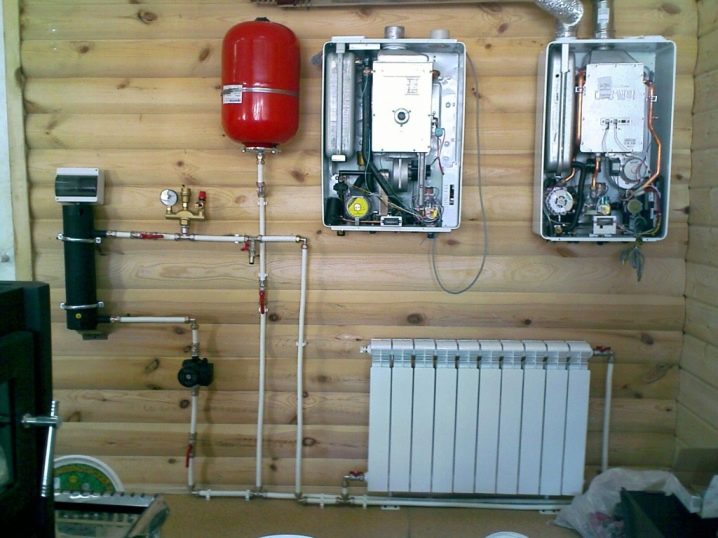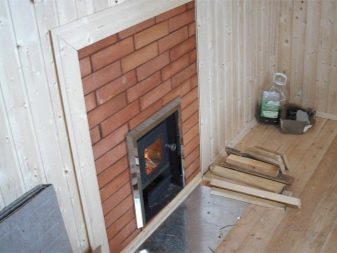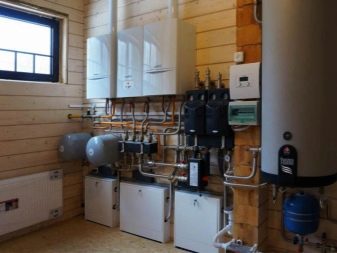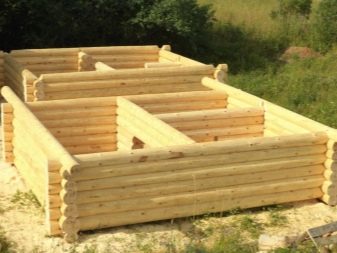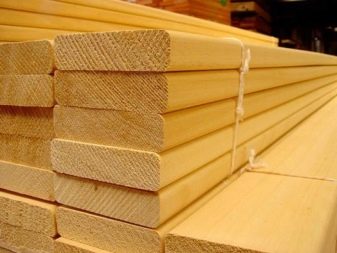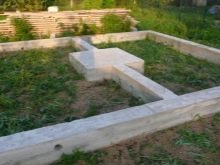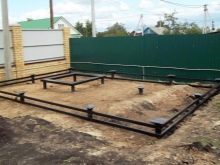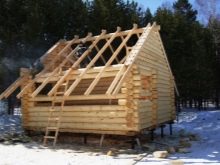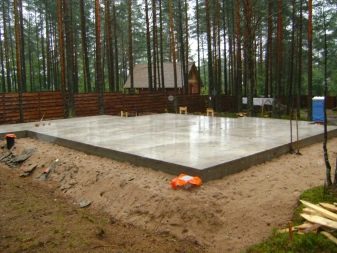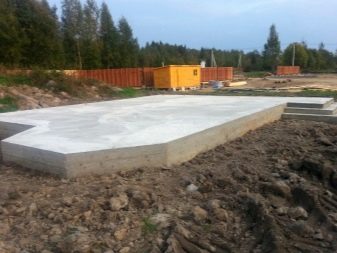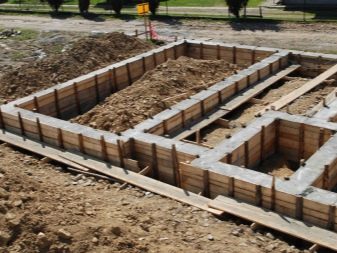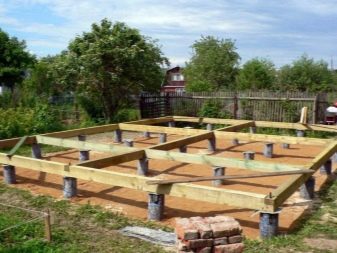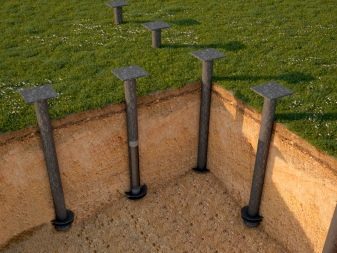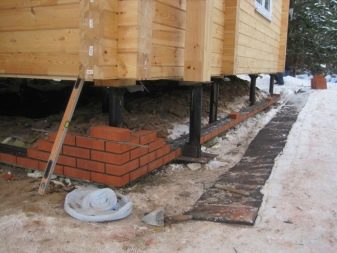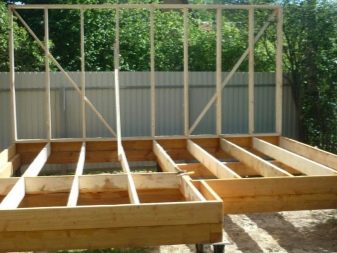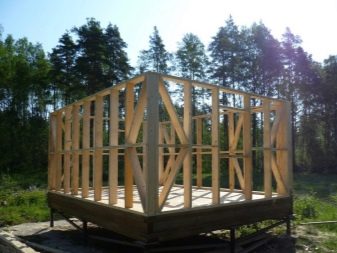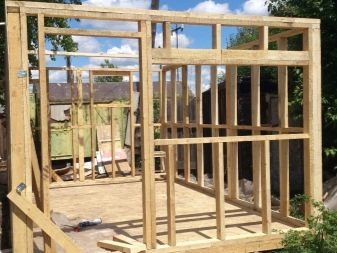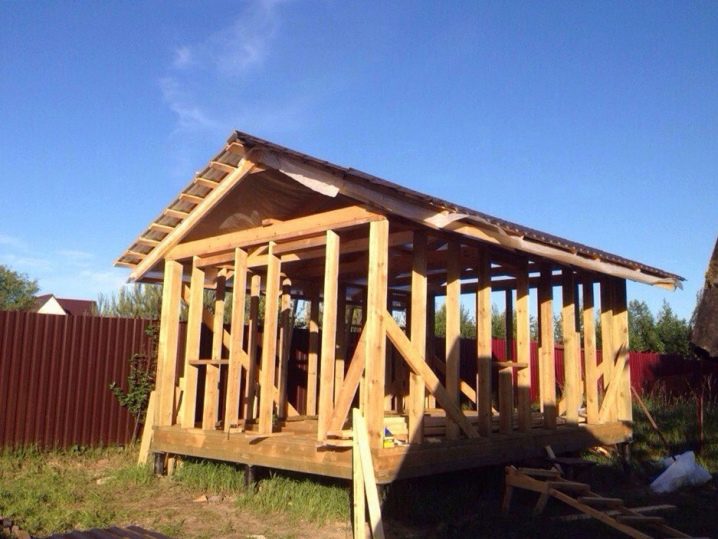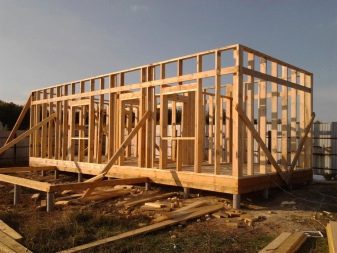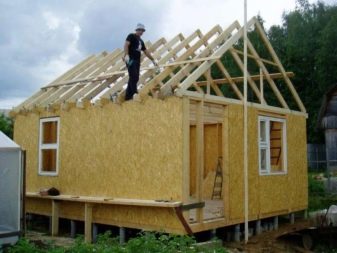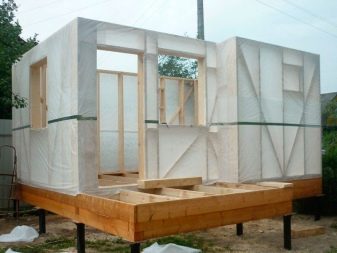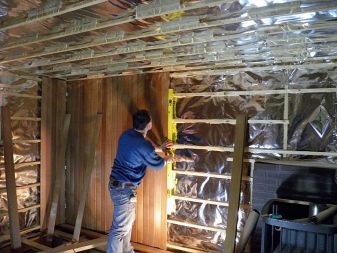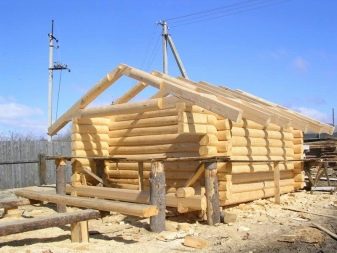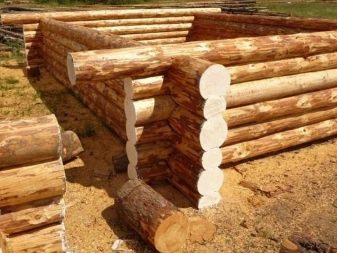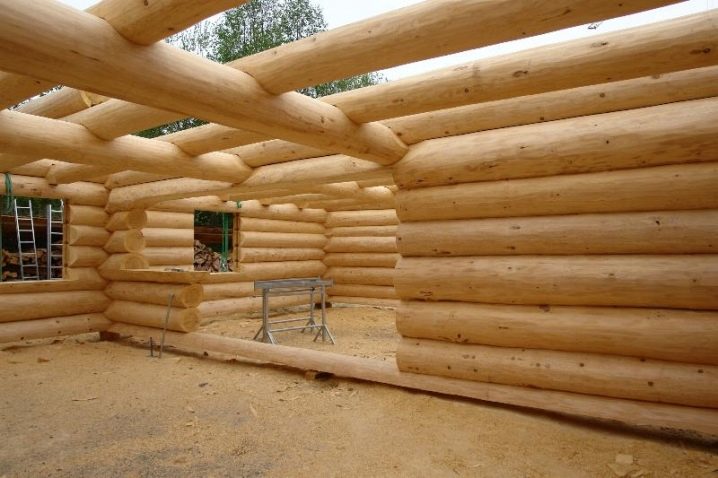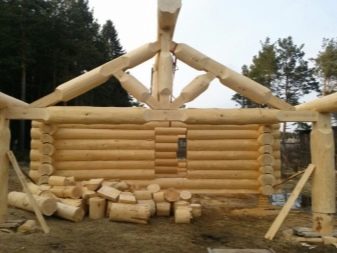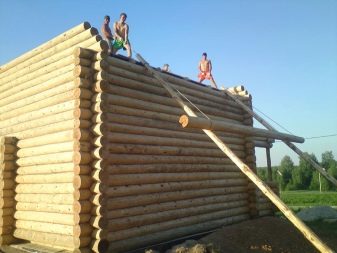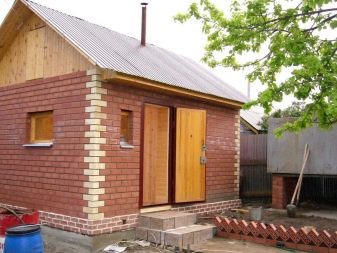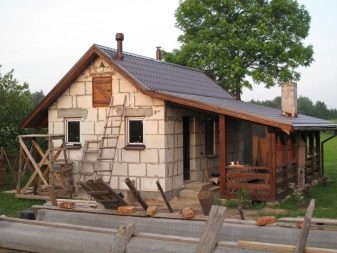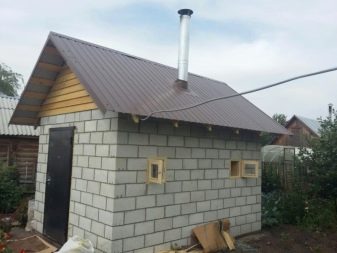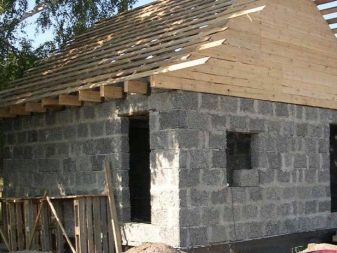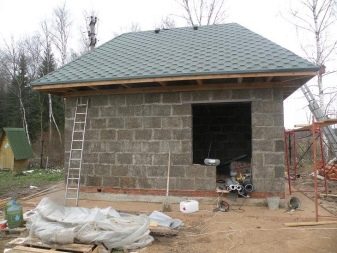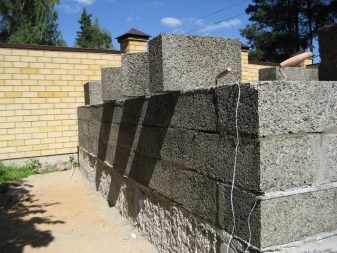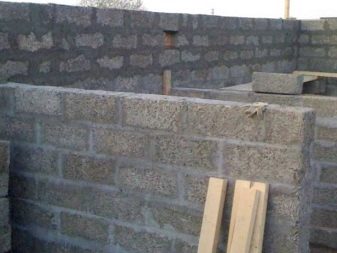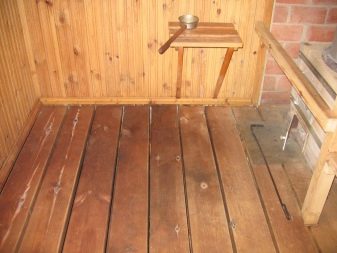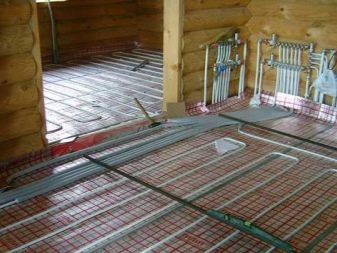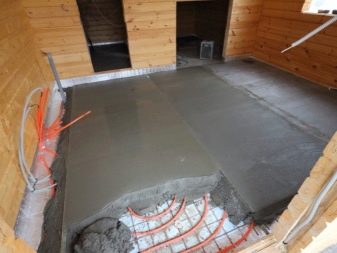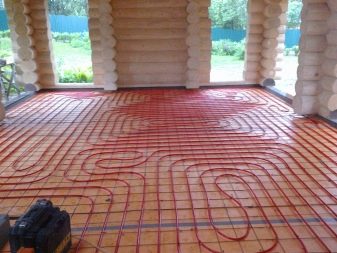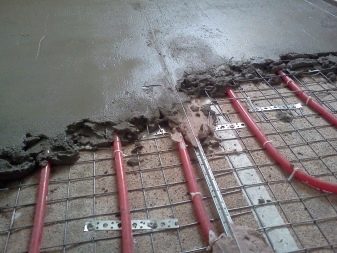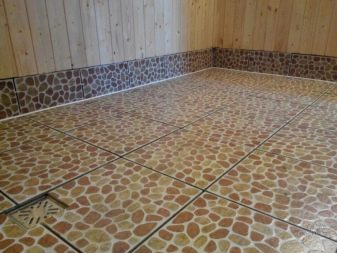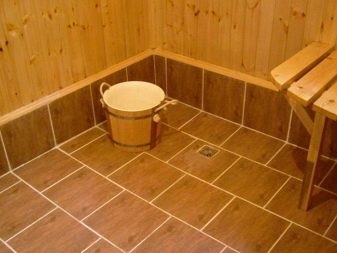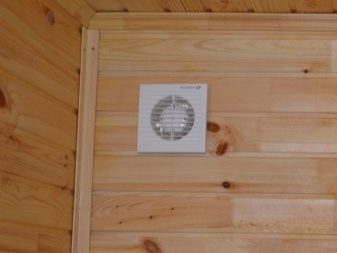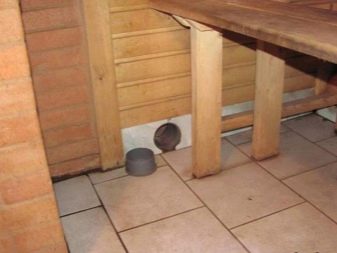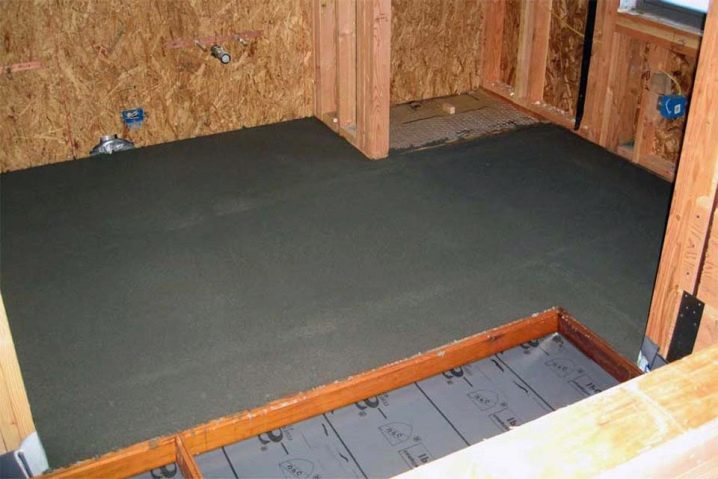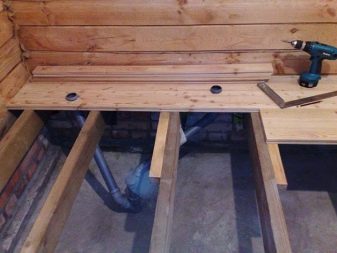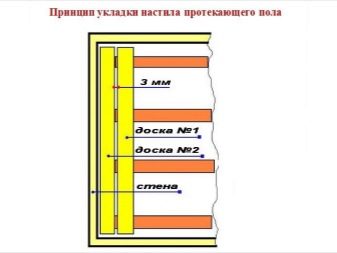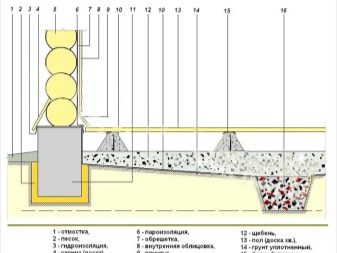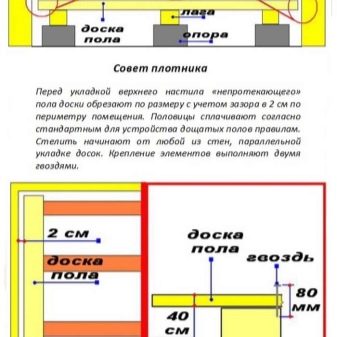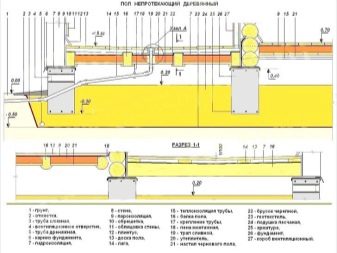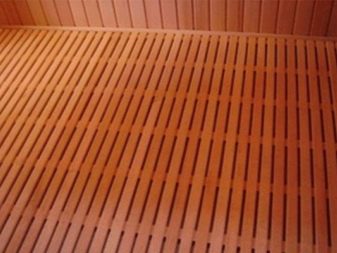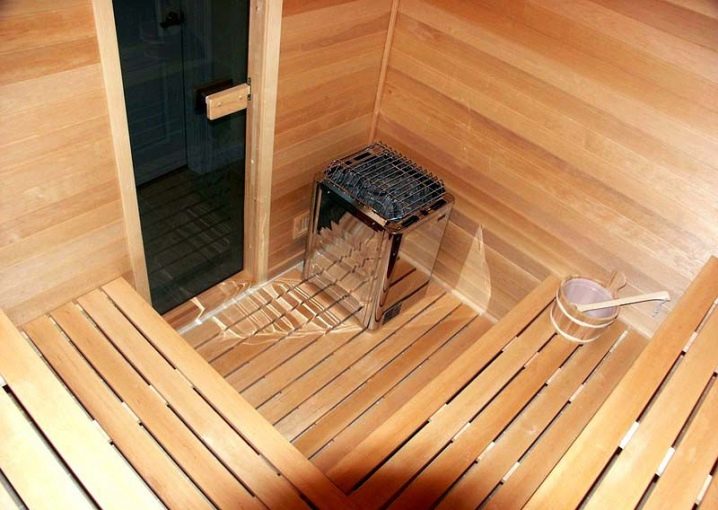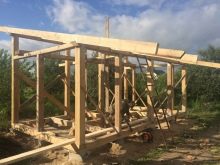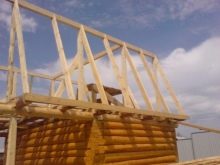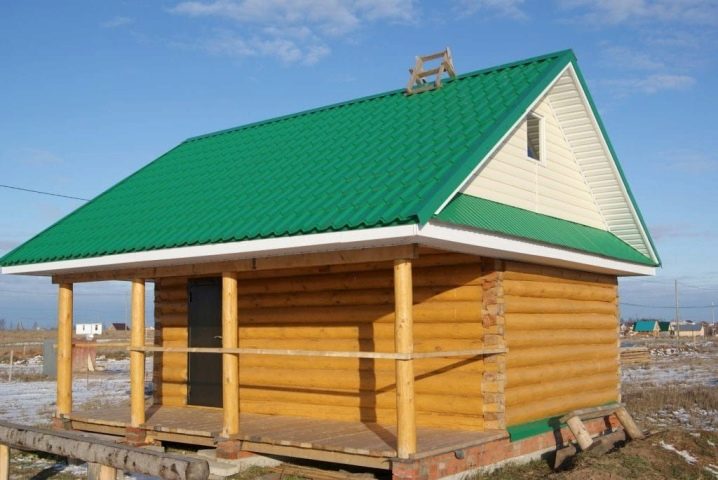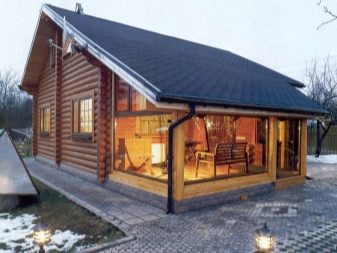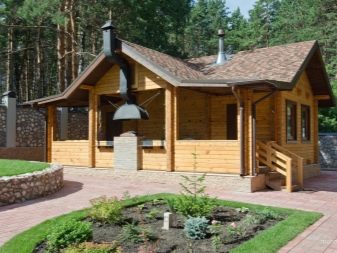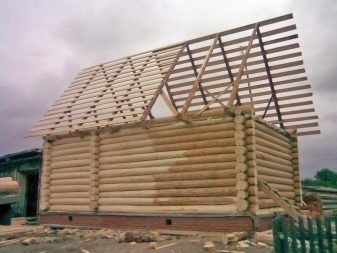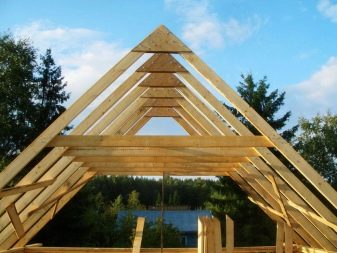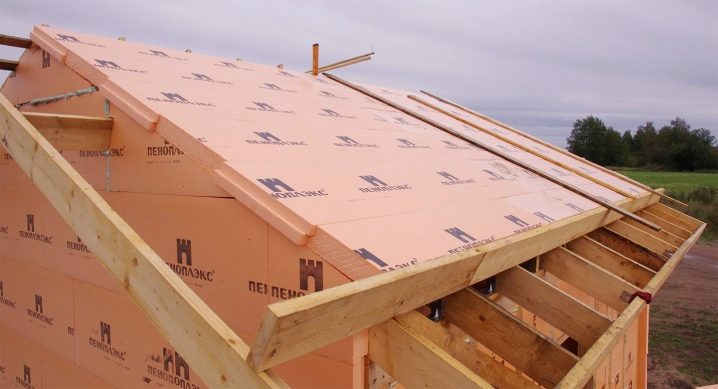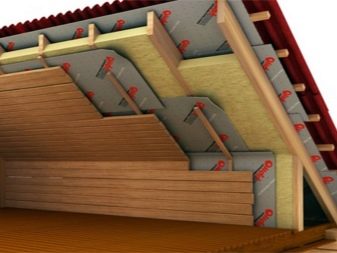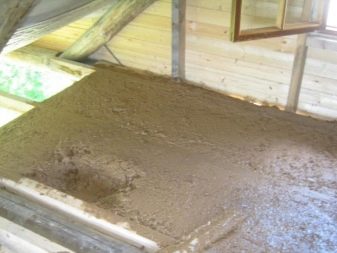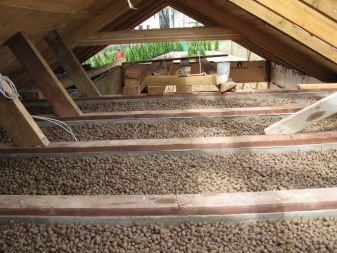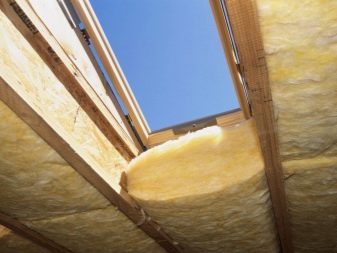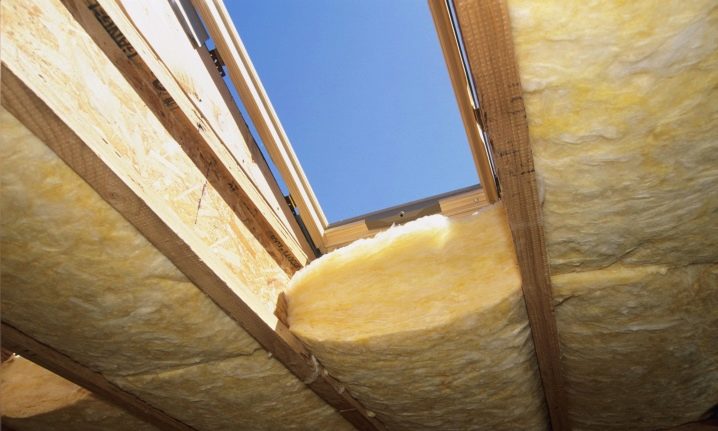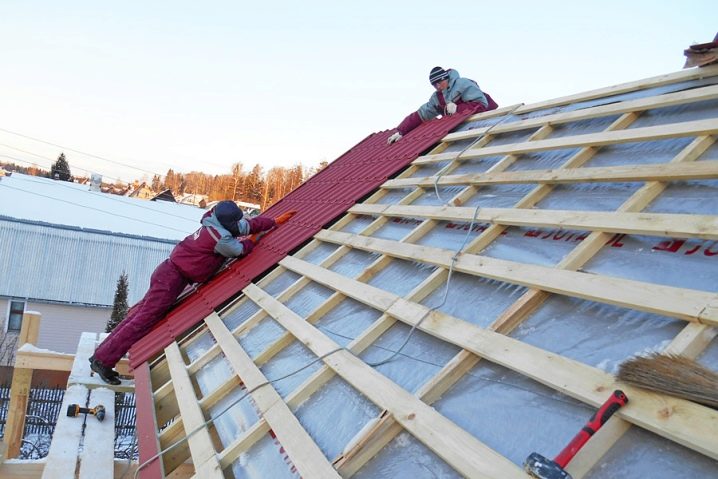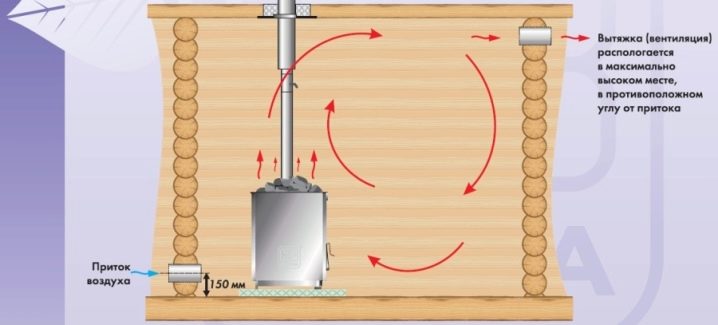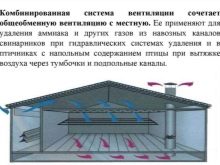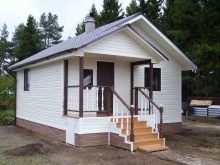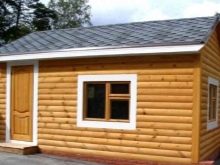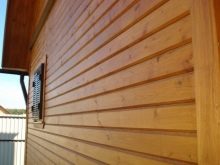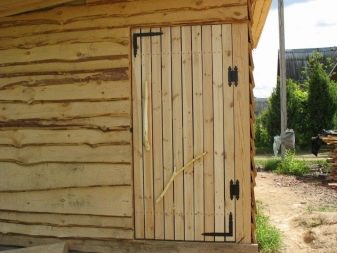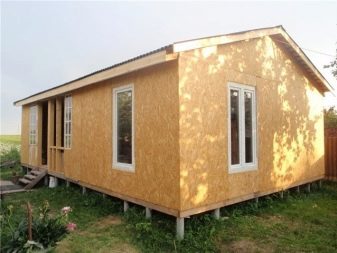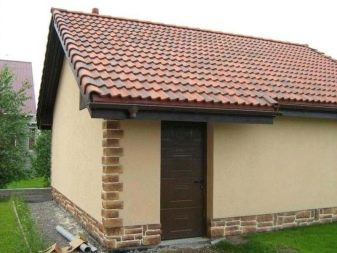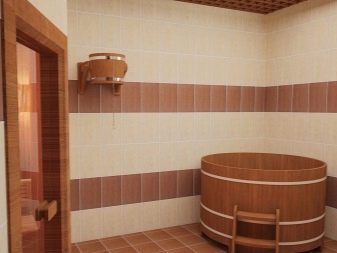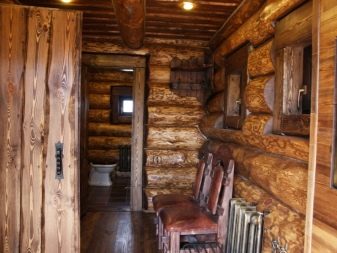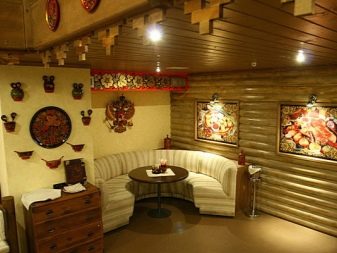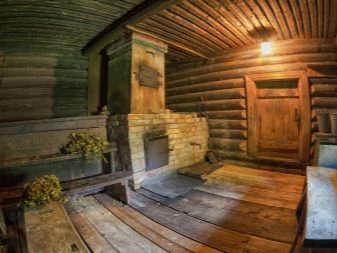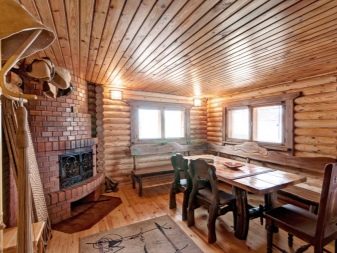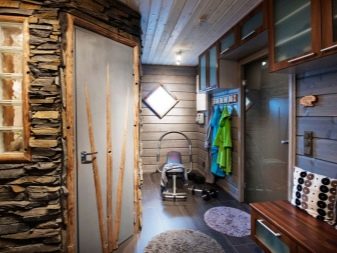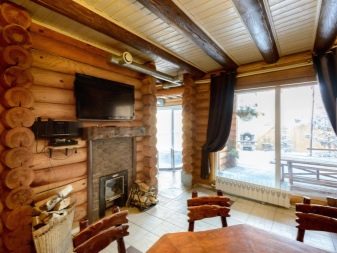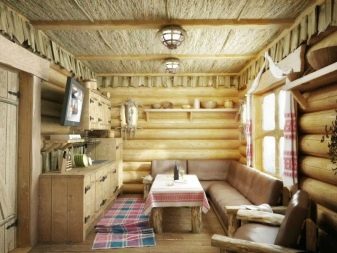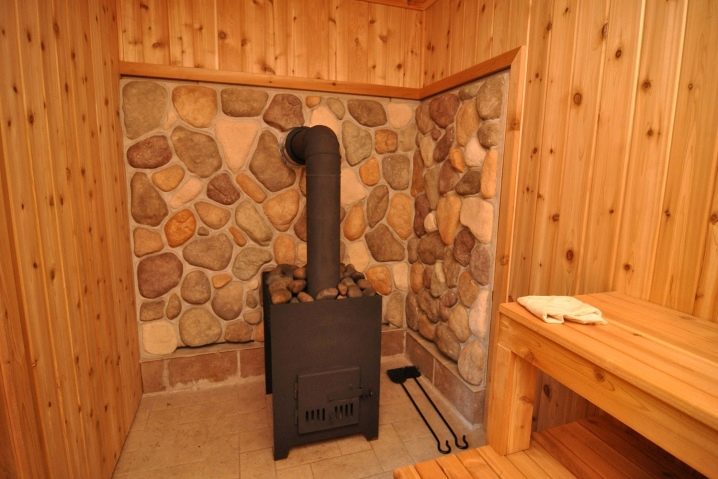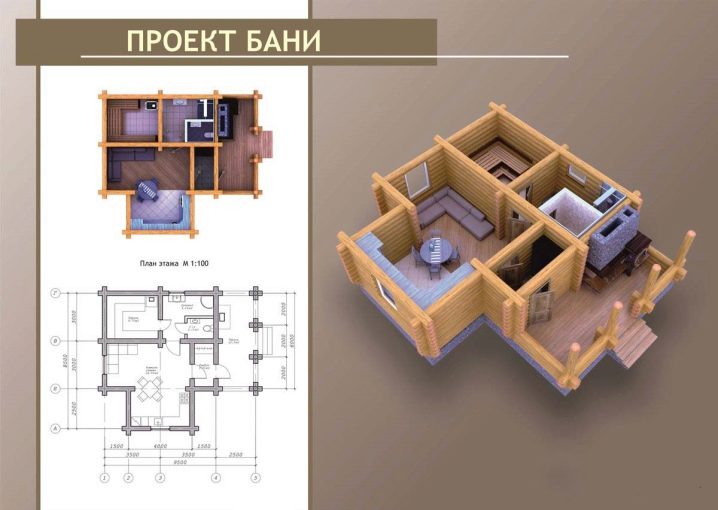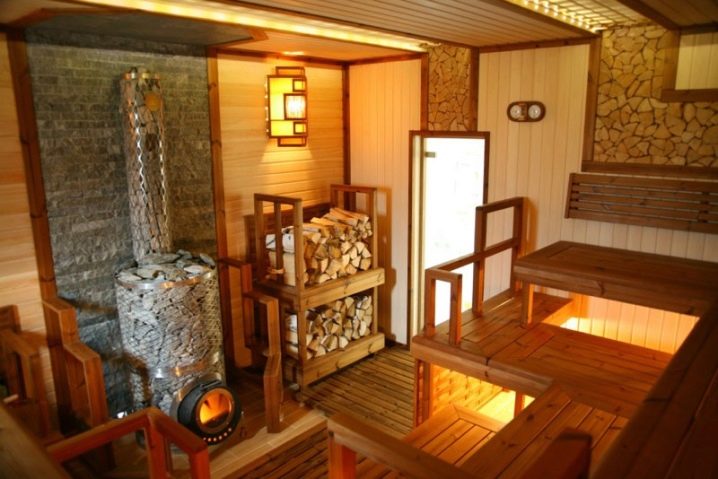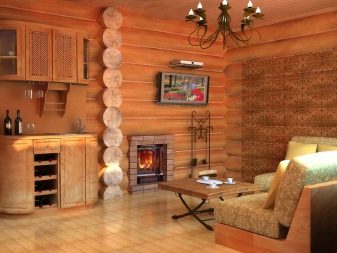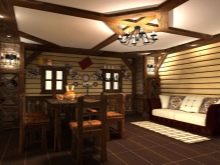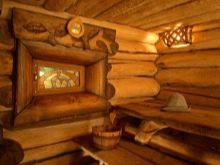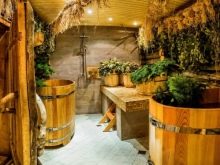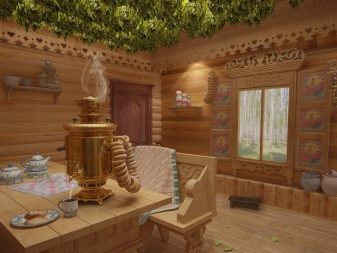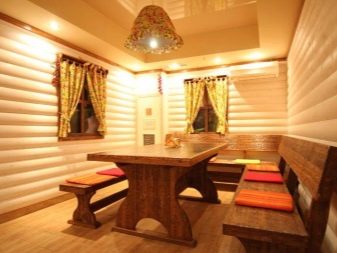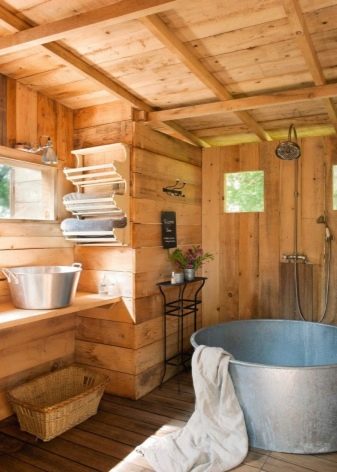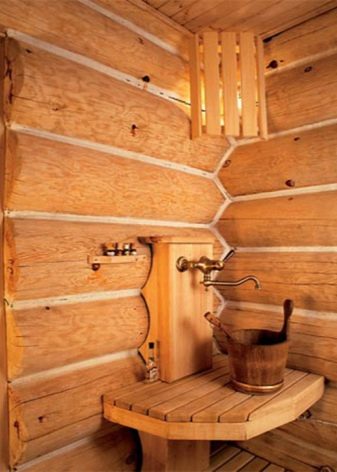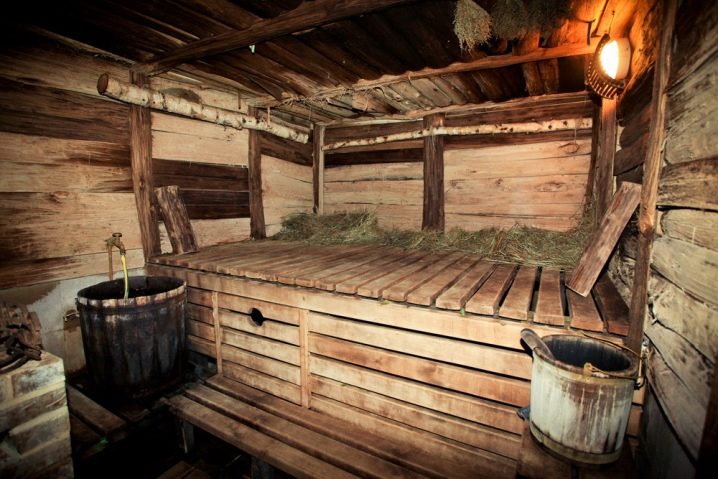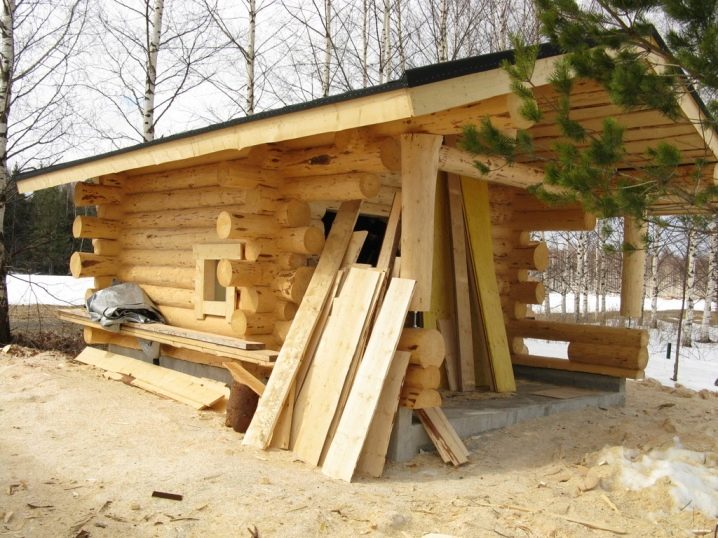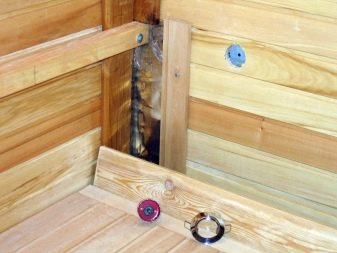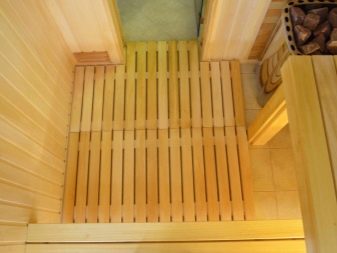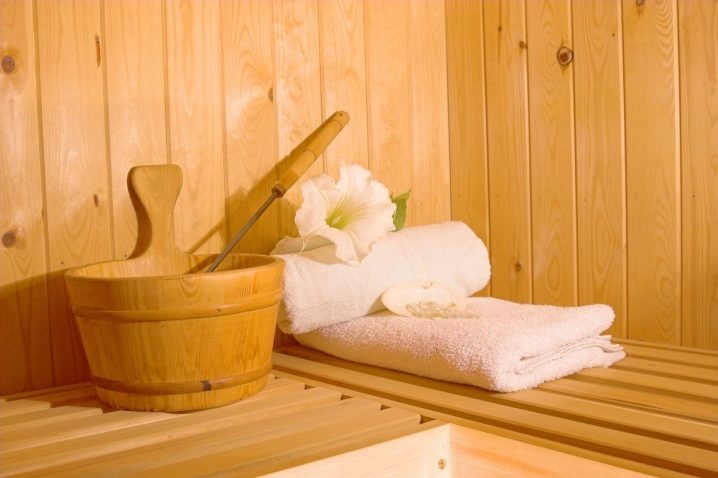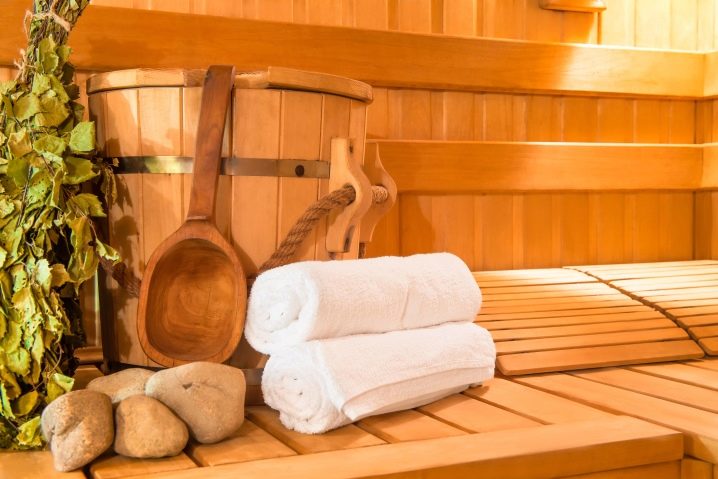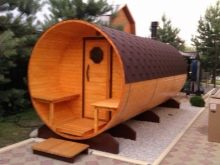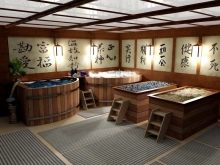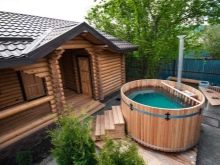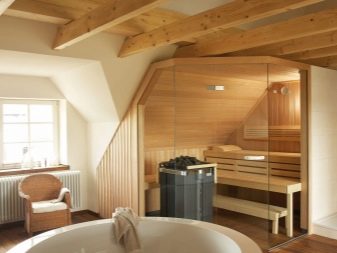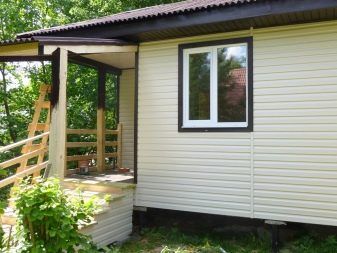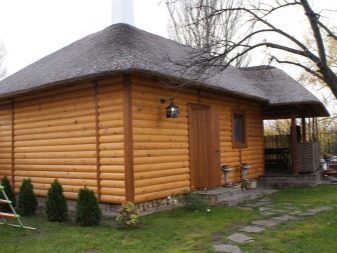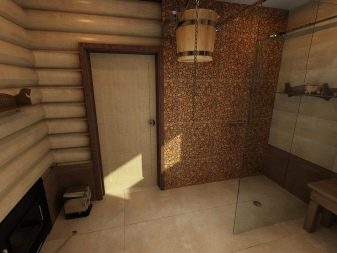Bath: features and types of designs
Steaming in the bathhouse is a national Russian tradition that has survived to the present. There are many reasons for this. A bath is both a place for hygienic procedures, necessary in a private home or country house after a busy day, a place of rest for body and soul, and a way to maintain health and beauty. Modern baths are distinguished by peculiar types of structures and the features caused by them, but the main functions remain unchanged.
Special features
There are many buildings with a similar purpose: sauna, hammam, therma, sento, Finnish sauna. All of them have their own purpose and do an excellent job with a certain range of tasks: hygiene, rest, health procedures, and maintenance of beauty.
The difference and peculiarity of the traditional Russian bath from other species in a special furnace design. It is called the heater.
There is a compartment in the heater, in which there are hot stones.Due to the fact that they regularly spill water, steam rises in the room. It is convenient - the level of heat and humidity can be adjusted independently.
The furnace warms up quickly and generates heat in the room evenly, so the bath does not need to “insist” all day.
The temperature of the stones is very high - 500-700 degrees Celsius. Due to this, fine vapor is formed and no stuffiness is created. Heat and humidity in the bath are easily tolerated by most people, except for individual cases.
Not to mention such features of washing in the Russian bath, as the use of a broom. In order for the procedure to be effective and pleasant, the broom must retain its properties at a certain level of temperature and humidity. This is only possible in the bath. And in the sauna or hammam, where the air is not so soft and humid, the besom overdries.
Bath performs several functions.
- Helps maintain personal hygiene. At the summer cottage, in the garden or in a private house of the old type, where there are no communications in the house or there is no place in it to install a shower cabin, a bath is simply necessary. It is not necessary to warm it up to such a stateso you can use the steam room. Enough heat just above room temperature and hot water.
- It serves as a place of relaxation. Bath is often called a resting place for body and soul - and these are not empty words. At high temperatures, blood is drained from the internal organs and the brain, the work of the endocrine system is inhibited, the vessels are dilated, the muscles relax. The body is completely resting, hence the feeling of deep satisfaction and tranquility.
- Promotes healing of the body. Adherents of traditional medicine often recommend a bath as a panacea. Of course, it will not relieve from all diseases, and even contraindicated in some cases, but there is a logical explanation for its healing properties. The effect is achieved due to enhanced blood flow. This helps eliminate congestion, get rid of inflammatory processes, problems with the musculoskeletal system.
- Couples in the bath, if they are sated with useful oils or watering stones with broths of medicinal herbs instead of ordinary water, work like inhalation and heal the airways. And natural wood has antibacterial and hypoallergenic properties.
- Extends the beauty and tone of the body.When a person comes out of the steam room, the endocrine system returns to normal, the rested muscles are ready for new loads, and overall there is a feeling of vitality and renewal. Bath procedures are useful, they enhance the effect of anti-cellulite massage and wraps.
- The heat opens the pores well. The effectiveness of scrubs and skin cleansing procedures is increased, nutrients are better absorbed.
- It is useful to wash the hair in the bath with melt water, decoctions of herbs and birch leaves, which are easy to collect in the summer itself at the cottage.
- Hardens the body. In the bath, it is effective to carry out the procedure of contrasting “shower”, pouring warm and cold water alternately. In winter, you can "dive" in the snowdrifts, and then return to the steam room. Not everyone can expose the body to such stress, but it perfectly hardens and warns colds.
- Strengthens the efficiency of the heating system in the house. This function is not performed by any bath, but only by the one located on the first floor of the house. Due to the fact that the temperature in the steam room is maintained at a high temperature, the rooms that have common parts of the structure with the bath - walls and floor get warm.
Projects
The device of a classical bath assumes the presence of two adjacent rooms of small and medium size - a waiting room and a steam room.
The purpose of the steam room is already known, and the dressing room serves as a place where you can undress and take a break after a hot steam room. Usually the dressing room is equipped with a simple storage system for bath accessories, benches or sofas, clothes hangers.
In a good bath, in which the owner has invested heartily, a zone with soft drinks can be equipped, there is a decor in a certain style.
For some, such things are considered overkill, for others they are in the order of things, so the choice of internal arrangement depends only on individual preferences.
Modern baths are rarely limited to a steam room and a waiting room. The greater the size of the site on which the bath is built, the more opportunities to equip it with useful extensions.
But this does not mean that it is impossible to build an unusual and functional bath in the modest area of a private site. It is possible, and even necessary. Country and household chores to commit this.
Projects of different types are popular: single-storey, two-storey, half-storey (with a mansard or basement floor).
The projects of one-storey baths differ in the number of rooms and their purpose.
- With a waiting room and utility room. This building should be chosen when the bath does not need any excesses and just one steam room. It is relevant in the case when the size of the site is small. A small bathhouse can be made from a log house with dimensions ranging from 3x4 to 6x8 meters. The utility room is used to store household items for a bath, firewood, stones, blanks for brooms, cleaning products and other small items. They do not need a heated space, so it can be attached separately from lower quality wood or other materials.
- With sauna or hammam. A sauna is often attached to a traditional Russian bath - this is a room with dry steam or a Turkish hammam, which has a facility for receiving water procedures. The water is warm and has a healing effect, if you add to it a variety of herbs and oils. For this design will need a room from 6 to 8 to 8x8 meters.
- With pool or shower. A bath with a pool also implies the adoption of water procedures, but already in cool water. It hardens and relaxes. The pool and shower can be used separately from the bath.The presence of one does not exclude the presence of the second.
- With a billiard room. Game rooms - a frequent attribute of a good bath. For them, a separate extension or area inside a spacious waiting room is suitable.
- With a lounge. Such a room is needed for a bath, which is separate from the country house or apartment building. Convenient in winter, when before you go out, you need to dry and cool. It can be used as a play area, a place for tea drinking and drinking other beverages.
- With open or closed veranda. A closed porch can replace a gazebo, a recreation area, and a play area.
- With a residential attachment. One-story baths are rarely combined with a full-fledged residential complex. For example, in the garden or in the country, a bath can become a basic element and consist of several rooms, and in addition to it a kitchen and a rest room are attached.
There are two variants of the projects of one-and-a-half baths, which are also popular among summer residents.
- With an attic. Bath with an attic is relevant in a small area, because it does not stretch in width, and functional zones are added in height. Attic floor can serve for different purposes: to be a recreation area, a dining area, utility room, a billiard room, a game room.
- Ground floor. The ground floor is different in that it is usually cool and damp, and therefore requires enhanced measures for the arrangement of thermal insulation and waterproofing. In the basement or basement is convenient to organize a billiard room or pool.
There are also projects of two-storey baths.
- With open or closed terrace. The dimensions of the two-storey baths allow to include in the project not only the necessary elements, but also additional zones for the beauty of the building and convenience. They may consist of the same elements as single-story projects, but more often they are equipped differently. Popular bath and house with a terrace. The outdoor terrace at the dacha is suitable for use only in summer, and a year-round indoor can play the role of a relaxation area after a bath.
- With living quarters. This is a full-fledged house, the lower floor of which partially or fully occupy the premises of the bath. Its arrangement is difficult, since it is necessary to take into account all the norms and requirements of fire safety and ensure vapor insulation on the second floor. But such a house also has advantages, since residential floors are removed from the ground, and the floor does not freeze through. In addition, it requires less power heating system.The fact is that in the furnaces (and there are more than one of them, if the design also includes the hammam), heat is accumulated and the upper floors are heated too. A full house design + bath with a second floor can be supplemented with a garage, attic, basement, balcony and other elements at the request of the owner.
Getting approval for such a project does not always work the first time. Free standing bath approve faster.
The project can be ordered in a licensed organization or make yourself.
It should describe in detail the zoning of the room inside, the location of the heating system, light, water supply, placement and size of windows, ventilation arrangement.
When creating a project combined with a bath house, it also takes into account how accommodation will be placed relative to the bath.
Ignorant in the construction is difficult from the first time to get permission to build a bath according to my own project. Many nuances can be missed out of ignorance, so it makes sense to turn to professionals.
Any project developer should be guided by building and sanitary standards.
They imply minimum room dimensions,correct zoning of the dacha plot (distance to the neighboring fence, to trees, toilet and outbuildings on its own plot). The dimensions of the furnace, its placement, ventilation, water drains, supply and protection of communications from the effects of moisture and high temperatures are also regulated by building codes.
Device
A real Russian bath of a modern design is designed at the rate of a certain number of meters per one family member. It consists of 3 or 4 rooms: a waiting room, a steam room, a washing room and a seating area. The latter type is not always present. Zones inside need not be located in the listed order. The location depends on the size and shape of the log house under the bath and its placement on the site.
The normal size is the waiting room, whose area is 1 square. m. per person plus a meter of stock.
In some cases, the waiting room is enlarged due to the fact that they build a rack for storing firewood.
In addition to the woodpile, in the dressing room should be benches, hangers or lockers for clothes.
After the dressing room is usually a steam room. It needs more space for one person - about 1.8-2 square meters. mTo preserve heat indoors, it is important to install a hermetic door and ensure good thermal insulation of the ceiling and walls through which heat loss occurs. The steam room can be with or without windows. For windows it is important to select high-quality glass.
Inside the sauna there are shelves, benches and stove benches, broom hooks, a cold water tank to splash onto the stones, a bowl of hot water for washing, basins and accessories for washing. In the steam room, all items must be good-quality, high-quality and from materials of natural origin.
Washing or shower room, too, will not be superfluous room in the bath. It is convenient to wash off sweat with all skin secretions, to perform hygienic procedures, for which it is too hot in the steam room.
The rest room is not mandatory, but the functional element is separate from the country house of the bath. It can be a table, a dining group, a play area, a refrigerator, a place to store things, and other areas as needed.
How to stoke?
The heating system is the basis of the correct bath.
Main types of heating:
- oven;
- gas;
- electric;
- liquid fuel;
- mixed
Stove heating is considered the traditional and most effective. The stove uses solid fuel, mostly firewood.
The furnace itself may be brick or metal. Metal stoves are more common. They are easier to equip, and they are more durable. Plus stove heating is that it is easy to organize, and firewood is an environmentally friendly source of heat when burning.
Effectively use stove heating with solid fuel in the country, where the bath is not constantly heated.
The lack of solid fuel heating is that you need to put firewood regularly, and heat the room for a long time.
Maintaining a uniform temperature in furnace heating is more difficult than with controlled electric or gas.
And do not forget that “in a black way” the bath has not been heated for many decades, and you can only heat it in a “white way” with a good system of smoke and combustion products.
When using a stove-heater in a small bath all adjacent rooms heat up from it. In a large bath you will have to take care of heating the other rooms separately.
Gas heating is more suitable for a cottage or a private house.It allows you to regularly maintain a uniform temperature in the bath so that the room does not freeze and quickly heated.
The use of gas has a number of advantages: it is easy to regulate the temperature with high accuracy, to heat water, to heat all the rooms of the bath.
It is convenient to connect the heating of the house with the heating of the bath. Gas is cheaper than electricity and wood, but no less effective. There is no need to organize a chimney system.
It is forbidden to use bottled gas, therefore it is not always possible to give preference to gas as a heating system.
Electric heating system does not imply complexity. No need to pre-order firewood and build a woodpile, no problem, if the house is not heated with gas, you can hold the system immediately to the house and to the bath, it is convenient to adjust the temperature to the nearest degree and regularly heat the bath so as not to freeze. Neighboring rooms will also be heated by a single system.
Lack of two.
- Electric heating is very expensive. It has high energy efficiency and the same high energy consumption.
- The system must be carefully protected from moisture and steam.Well, of course, there is no question of the cozy crackle of firewood.
By liquid fuel means different things. Some masters refer to this category stove heating on diesel (which is not recommended in the bath) or on fuel for biofireplaces. Others understand water heating as a liquid.
In fact, this is a water floor: hot water moves through the pipes and heats the room.
Water heating is economical, but inefficient. It heats the room at 30-35 degrees maximum, and heat is lost as it moves away from the heat source.
Therefore, liquid heating is suitable for combination, but not as the main one.
You can combine different types of heating. For a real bath, it is better that it be stove heating in the steam room and gas in the rest of the rooms.
Materials
The selection of materials is carried out at the stage of project creation. This does not require you to immediately purchase everything you need, changes can still be made to the project, but you need to specify materials for the selection committee in the host authority to comply with fire safety regulations and building regulations.
The choice of materials is influenced not only by their compliance with the norms, but also by several other factors.
So, it is important to take into account the cost of the material per 1 square meter of the building, their resistance to freezing, temperature changes and the wet microclimate inside the room.
Foundation
This is the foundation of the whole building. It has a large load, and the heavier the materials, the stronger the foundation is required. It affects the type of soil.
If the soil is solid with the presence of stones, sand or clay, it is considered to be stable, and it is not necessary to make the foundation deep and solid.
On a weak, “spreading” soil, a deep and solid monolithic foundation is needed. On wet and marshy soils, preferably a raised base on piles.
Four types of foundation are suitable for the bath.
- Monolithic. Under such a foundation they dig a foundation pit. It should be such a depth that falls 30-40 cm below the level of soil freezing. The bottom of the pit is covered with a thick cushion of sand, and waterproofing is installed on top. Monolithic foundation will be strong if you pour it in one day. The mixture is prepared from cement grade not lower than M300, sand, crushed stone and additives to give strength to the solution. The foundation of the foundation must be reinforced with a grid of steel.The monolithic foundation will withstand the construction of any material, even rarely used in the construction of a bath brick.
- Ribbon. The option is somewhat simpler than monolithic. A recess in the ground is also excavated under it. The width of the foundation should be several tens of centimeters wider than the width of the log house under the bath. It is poured in the same way as a monolithic foundation - on a sand cushion and waterproofing. Suitable for construction of block materials and wood.
- Columnar. It does not require much effort, because the pillars are installed only in the corners and in the middle of the base of the log house. It is suitable for small in size and not too heavy wooden and block baths. Columns of concrete or brick are buried below the level of soil freezing. Sand and waterproofing are desirable. The distance between the pillars is 2 meters, not more. The pillars must be made of strong concrete or solid brick.
- Pile Piles made of wood, reinforced concrete or steel are used. They are literally “driven in” into the ground with the help of special equipment. This eliminates earthworks and waiting for the foundation of concrete to harden. The pile length can reach 8 meters, and the level of penetration is determined by the level of soil moisture.The pile foundation is cheaper than a belt or monolithic one and is suitable for any type of bath, therefore it is often chosen even with dense soil.
Frame
There are three ways to build a bath base: a log house, a bath on a frame, brick or block.
Frame in all respects - the easiest choice. Materials: a wooden profile made of planks or a metal profile for assembly - cost less than a log house of a good log or bar, and even more so a brick bath. The weight of one board or one part of the steel profile is minimal, so work can be done without a hired team with one or two assistants. The total weight of the whole structure also turns out to be lighter than the weight of the log house or brick bath, so the load on the foundation is given the smallest possible.
In addition, the advantages of frame construction include the fact that it can be erected at any time of the year, which cannot be said about the brick and the block, and the construction does not shrink.
The frame has advantages in terms of decoration. It is convenient to mount on it as materials for exterior decoration, and for the interior. Between the materials and parts of the frame, it is convenient to “hide” the wiring for the supply of electricity. So it is reliably protected from moisture and heat.
The frame bath will serve less term, than a timbered or block.
It needs to be sheathed with materials for heat, hydro, and vapor insulation, and not all of them are able to compete in service life with a good log frame made of larch or oak. Many materials will come into disrepair earlier because of a wet microclimate indoors.
Building a frame bath is a fairly quick process. It includes several stages.
- Assembling the lower and upper trim of the frame. All assembly work is carried out using the building level. Best suited timber or board from coniferous wood. Pre-impregnate it in several layers with antiseptic compounds. The framework gathers on the base covered with a waterproofing.
- Assembling the roof. It is recommended to assemble the structure of the future roof on the ground, and then transfer it to the frame, strictly observing the accuracy of the location of the truss structures above the racks.
- Sheathing of the frame with simultaneous installation of vapor barrier, waterproofing and thermal insulation.
- Decorative trim. Covering in one layer is not always reliable and does not look as aesthetically pleasing as we would like.The inside trim can be made of hardwood or pine wall paneling. Such a skin will look beautiful and will compensate for its smell and antibacterial properties of the disadvantages of a frame bath. Exterior finish is conveniently made of sandwich or CIP panels.
The framework from metal profiles gathers in a similar way.
Log bath in many ways exceeds the frame construction.
- With the same cost of materials for the insulation of the frame and a log house, it will take less time to work with a frame. All logs already have special grooves, so the design is assembled and disassembled in an elementary way.
- A log house of moisture-resistant wood will last for at least a century.
- Natural wood retains its beneficial properties and smells, thereby achieving the very effect of healing and relaxation in a traditional bath.
- Thermal conductivity of the steam room is very low. That is, it heats up quickly, and loses heat slowly.
- Internal and external decoration will not be required. The log sauna already looks aesthetically pleasing.
- When assembling the structure, the usable space is larger,than after covering the frame with insulation and a decorative layer.
The disadvantages of a log bath too.
- The logs are heavy, you will need a team of installers for assembly.
- Rounded log shrinks. After the assembly of the log house, it is possible to proceed to further work no sooner than in six months.
- For a frame bath, any type of foundation is suitable, and under the log one a solid and strong version is needed. At least tape. Its fill will cost more, longer and more difficult than a simple columnar.
Walls and floor
Not only traditional types of materials are suitable for mounting walls and floors in the bath. The walls can be built of bricks or blocks: foam blocks, arbolitovyh, expanded clay and slag-based.
Brick is chosen because this material looks beautiful and complies with fire safety standards.that apply to the bath. With its help, original design ideas are realized, and additional decorative finishing is not required. This saves time and money to build a bath. And also the brick is biostable and is not afraid of moisture, therefore it does not need processing.
However, all the advantages of brick does not make it the best option for the construction of the bath.
Brick can not be built in cold and wet weather, and the design gives a slight shrinkage. The weight of the brick bath is very large, so the foundation must be the strongest possible.
Its service life will be less than that of the log structure.
Brick bath need a long time to heat. In the end, a brick does not possess any of the beneficial properties of natural wood. In the steam room there will be no pleasant smell, no light steam, or any special effect.
A good alternative to brick - blocks. The properties closest in nature to the cherished natural wood are wood concrete blocks. They are 80% wood fiber.
Wood concrete, as a building material, combines the advantages of wood, though not all, and bricks. The building is durable, but light in weight, it is erected faster because of the large size of the blocks, does not shrink, is not afraid of moisture and living organisms. Wood concrete is a cheap material because it is made from wastes of various industries. At the same time there are no components harmful to health. It has heat conductivity suitable for a bath - it heats up quickly, it cools slowly.
The lack of wood concrete blocks is that they do not contain the useful properties of wood, despite its presence in the composition of the material.
The fiber is repeatedly processed by different compositions, after which it no longer has a healing effect and smell.
Outwardly arbolit looks unsightly, so you need a decorative finish inside and out. This is an extra cost of time and money, as well as extra layers inside the room hide the usable area.
Floor materials
The floor in the bath is different from the floor in the living room. It performs two significant functions at the same time: it guarantees comfortable and safe movement in high humidity conditions and is part of the drain system.
It is necessary to choose materials and to mount the floor so that it is warm, strong, not rotten and does not wear out too quickly. These criteria are met by two options: a concrete base and a floor of boards laid on logs.
Concrete floors in the bath are good because they are durable, not subject to rotting and are comparable in life to the design of the bath. Wood floors will have to be rebuilt at least once, because they wear out faster.
Concrete floor without insulation or underfloor heating will be very cold. Through it, the steam room and the whole bath will lose a lot of heat, so it is important to take care to make it warm.
The best option for this is the device of a water heated floor in the thickness of the concrete. It will warm up quickly and evenly, and the life of such a system is as long as possible.
It is only important not to allow the pipes to freeze in concrete, otherwise the system will fail.
Another advantage of the concrete base for the floor - its versatility for cladding other finishing materials. For example, in the bath is perfect tile (non-slip), granite, removable wooden floor. All these types of flooring are easy to clean and install without special skills.
Concrete floor in the bath needs an elaborate system of water drainage. It will be a large number, so the simplest option - a drainage pit - is suitable only for sandy soils with good absorption. On dense ground, it is necessary to equip the drain and drainage hole outside the basement of the bath.
Do not forget about such an important thing as ventilation.
It is needed not only in the upper part of the room for the removal of smoke and excess steam, but also in the lower one. If there is no ventilation in the floor, odors of stagnant water and dampness easily penetrate into the steam room. In this little pleasant and useful.
When installing a concrete floor directly to the ground, you should have a kind of “pie” inside which water drainage systems must also be provided. Important components of the “cake” are waterproofing, which will protect the concrete from freezing, and thermal insulation, so that the floor is not icy, and the reinforcing mesh is for durability. The design may consist of recurring layers of concrete, insulation and insulating materials.
For those who are categorically against the concrete and tile floor in the bath, suitable wooden. Wood flooring is divided into two types: leaking and leaking.
The flowing floor has several advantages:
- simple arrangement in two layers: logs and floorboards;
- cheaper than concrete or solid floor that does not leak;
- The floor is already part of the water drainage system and does not require additional efforts to organize it.
But the flowing flooring turns out to be cold, because there is a gap of a few centimeters between the lags and floorboards and large heat losses occur through it.
Such a floor can be traumatic.It is easy to hem up on a surface that is not solid and level.
Impermeable floor has no such disadvantages. Drainage of water in it is organized by a small slope of the floor and drain holes. Drain holes are steel or PVC grids, mounted flush with the floorboards, so they are invisible when walking and do not catch the eye.
The water flows through the sinks into the water collectors, and from there it goes through the pipes into the sewage system or drainage pit outside the site.
Arranging the floor with a drain system is more expensive, and flooring technology is more complicated. Due to the fact that the floorboards fit as closely as possible to each other, and below there is a subfloor, heat losses are minimized, and the flooring lasts longer.
Roof
Roof in the construction of the bath has a special meaning. If it is not properly equipped, with the use of waterproofing, vapor barrier and insulation, heat loss will occur through the upper part of the room. The efficiency of the heating system of the room will decrease.
To build a roof over the bath, you need to decide on two main points: the type of roof and materials for cladding.
For single-storey buildings, it is important to use structures of a simple type: sloping, gable or gable (chetyrekhskatnuyu).It is erected faster, it requires less material costs, it is easier to calculate and assemble.
For two-storeyed baths with a mansard, a veranda, a terrace or a living room, gable, hipped, multi-tongue, mansard roof types are suitable from above.
After determining the type of roof (duo-pitch - a universal option), you need to decide on its height and slope of the slope. The greater the height, the more opportunities to use the space under the roof for any needs. The greater the angle of the slope, the better rain flows will fall from it, and the snow masses will linger less.
It is risky to choose a big height of a roof because of strong winds in some regions of our country.
But if a full room for resting, living or storing things is equipped above the bath, the height at the central point should correspond to the height of the highest family member. Otherwise, the room simply can not be used comfortably.
If you do not plan to use the room as a living space on the second floor, it makes sense to minimize the steepness of the slope. The smaller it is, the easier it is to build, less material is required, and you don’t need to fear that the coating will be damaged by the wind.
An important detail: for relief coatings, the slope of the slope should be greater than for sheet material.
When the type of roof and the fate of the space under it are determined, it is the turn of the choice of materials.
The supporting truss system is uniquely assembled from wooden fragments. It is desirable to process the tree with antiseptic impregnations that will prolong the life of the material. The assembly of the roof is carried out in full compliance with the project.
It is recommended to collect the roof on the ground and then move it to its rightful place over the frame. You can proceed to the device isolation.
It is important to understand that for a bath roof, the threat is not only and not so much external influences (precipitation, wind, dust), but the constant humidity in the steam room, high temperatures and frequent temperature changes. This especially affects the condition of materials in the cold season.
To avoid condensation under the roof, you need to take care of good thermal insulation of the ceiling from the outside and parts of the roof. Insulation of the bathing ceiling from the outside is carried out in layers.
First lay a layer of vapor barrier. This material is needed so that the ceiling of the bath does not freeze, and outside there is no condensation from the outgoing steam. Vapor barrier is best done with dense sheet materials with a reflective property. Foamed polyethylene with a foil base with a thickness of up to 10 mm, foil-insol with fiberglass at the base and nanoisol will be suitable.
Thus, the ceiling will be reliably protected from condensate, and the heat from the steam room and bath will not tend to the outside.
On top of the vapor barrier is placed insulating material. It will protect against freezing and heat loss through the roof of the building. Construction markets offer a variety of insulation. For the bath is best suited lightweight, resistant to moisture and freezing, lay down a thick layer and cheap material.
Of the proven methods, it is still relevant to use sawdust, slag or clay. They are covered with a thick layer over the vapor barrier and covered with materials for waterproofing.
A more modern version - expanded clay. You can use the same as for floor screed insulation. This porous granular material is evenly distributed over the surface, almost does not shrink, weighs little and is cheap.At the same time gives a good insulating effect.
If we consider the materials that are more expensive in cost and better in terms of efficiency, you should pay attention to the various types of wool and sprayed insulation. Wool relevant mineral, basalt and wool based on fiberglass.
Liquid polyurethane foam, polystyrene foam and foamed fiberglass are sprayed. For these materials you need special equipment and protective equipment to apply them with a uniform liquid layer. It costs a lot of money, but the effectiveness of the material justifies such costs.
Spray materials provide a seamless, dense, uniform coating. It is not afraid of moisture, steam, cold, temperature, rodents and microorganisms, time.
Above the insulation should be protected with a film or roll waterproofing, so that it does not fall precipitation and dirt from the outside.
The roof itself is covered with ondulin, corrugated sheet metal, slate, euro slate or soft tile.
Ventilation
The ventilation system in the steam room contributes to the fact that the oxygen supply is updated in the room, a comfortable temperature is maintained, that very light steam is created, and there is no smell of burning and smoke.Due to the chimney system and air circulation, it turns out to heat the bath “in white”.
An equally important task of ventilation is the elimination of odors of stagnant water. It also prevents the formation of fungi and mold.
And the vents near the stove prevent overheating of the floor and ignition of the boards.
Ventilation is of three kinds.
- Natural. Circulation of hot and cold air is due to the difference in pressure outside and inside the room. The holes for the inflow and outflow of air are made in the floor, in the ceiling, in the upper or lower part of the walls, behind the stove and in front of it. The location depends on the type of bath and the size of the room. It is important to remember that ventilation is not just a hole in a wall or ceiling. It is arranged so that it is possible to open and close these openings. Valves or valves must be provided immediately and made airtight.
- Artificial. Complex system, which regulate the devices. When the temperature rises to a certain level, they start the ventilation mechanisms independently.
- Combined. The combination of automatic control and traditional ventilation.
Exterior finish
Finishing the bath outside and inside is required infrequently. A log bath looks beautiful on its own, and it is chosen more often than other options.
But the brick, block and frame buildings need lining.
Materials suitable for durability, appearance, performance and aesthetic qualities are diverse:
- siding - vinyl, wood, metal;
- blockhouse looks like a rounded log after installation;
- lining imitates a type of a log or a bar;
- edged board;
- OSB-panel;
- plaster;
- tile.
Style
Often for the exterior finish the decisive factor is not the practicality of the material, but the appearance of the bath. Popular is the traditional Russian bath with a log house, the building in the style of "rustic carved hut" and other modifications of the Russian style.
It has two directions of development:
- Bath "antique" decorated in a simple and rough style. As the designer sees the embodiment of the traditional steam room of the last century.
- Baths in the style of "a la Russe" - This is a European view of Russian traditions. Such a bath will have an intricate decor, bright colors, many decorating elements.Perhaps even a tiled Russian stove instead of the usual heater.
Space zoning
It is necessary to divide into functional zones not only the entire space of the bath inside, but also each room separately.
Traditionally, the bath should be a dressing room or a place where you can undress, leave shoes, outerwear, spare towels. If the dressing room performs only the functions of a wardrobe, it can be small, and, except for benches and hangers, nothing is required in it.
If the dressing room is also a recreation area, it is worth making more, think over where to install the benches, table, cabinets and hangers.
This waiting room requires its own heating and hermetically closing doors.
If a bath room is provided for a rest room, it is recommended that you exit it from the washroom or from the waiting room.
In the zoning of the steam room, distance from the heater is of primary importance. Safety regulations include 4 zones.
In the first, which is closest to the stove, you can place only water tanks and accessories for the stove. But it should also have a window for ventilation. In the second, third and fourth it is already possible to have shelves and benches.It is important to bear in mind that there should be a long distance between the bench and the stove so that under no circumstances does it touch the hot stove.
Behind the steam room should be located washing. It is convenient when the zones in the room are placed in a circle: from the waiting room entrance to the washing room, so that there is no sharp temperature difference for the body, from there to the steam room, and from there to the recreation area. From the recreation area - back to the waiting room. You can arrange them in a different order. From the waiting room to the steam room, from the steam room to the washing room, from the washing room to the rest room.
There are no zoning rules for these premises. It is carried out according to the own preferences of the owners or the advice of the designer.
Interior Design
The atmosphere inside each room in the bath is important. It is achieved through the design, beautiful design of individual zones, decorating with various bath accessories.
Beautifully to issue a bath without the involvement of a designer.
The main thing is to follow a few recommendations from professionals, so as not to spoil the natural beauty of the tree.
- The advantage of wood is naturalness, proximity to nature and naturalness. Do not disturb this harmony with excesses in the form of a plush sofa, a plasma TV, an electric fireplace without rim.It is better to choose the appropriate elements of the decor in soothing natural colors and from natural materials. If the decorations are stone and wood, if textiles, then flax, cotton and felt, if the decor is made from dried leaves, branches and berries, if tea is something with a beautiful electric samovar.
- In a small bath, you need to try to use the corners and smooth them out, then it will not seem cramped.
- Wood for decoration and furniture is selected in one, maximum two colors.
- In the bath there is no place varnish and plastic decorations. They look unnatural and deteriorate from dampness and heat.
- In the traditional Russian bath there was no electric lighting. You can use this fact to decorate rooms with cozy wall and table lamps resembling lamps and torches.
- The atmosphere is perfectly set by classic elements - brooms, hats, embroidered towels, bouquets of aromatic herbs, samovars, carved furniture and others.
Furniture
Furniture for the bath is better to choose from wood, regardless of the type of construction. It creates the right atmosphere and a beneficial effect on health.
If the benches made of wood seem harsh, you can use removable pillows, filled with felt, cedar or pine shavings.
There are more modern materials with antibacterial properties - bamboo and coconut fiber.
Do not forget that not only benches, but also a different type of pelvis for water and infusions, tables, shelves and cabinets will be useful for beauty and benefit.
Tips
Many dream of their own bath, focusing on the positive feedback from friends, acquaintances and professional bath attendants on the forums on the Internet. To meet expectations, it is worth taking note of the recommendations of the experienced owners of the Russian bath.
They concern both construction and operation of the premises.
When building a bath, it is important to consider some nuances.
- SNiP - the best assistant designer. Bath should be located at least 3 meters from the neighboring site.
- Next to the bath in the 15-20 meters should be a well with ground water.
- The best material for building a bath is cedar, larch and pine.
- Solid fuel is actively burning in the furnace, so there must be a spark arrester on the pipe above the roof.
- Do not varnish the floor - will slide.
- All metal parts (except the furnace) must be covered with wood, felt or other materials in order not to get burned.
- The bath requires measuring devices.Using ventilation, relying only on your well-being - a bad way and risk to health.
When using a bath, you also need to follow a few simple rules.
- Do not attend a hot steam room in the presence of chronic diseases, which are not recommended to go to the bath.
- Drinking alcohol is prohibited.
- It is useful to carry out cosmetic procedures and wraps in the steam room.
- It is useful to use for spraying stones in the furnace tinctures of healing herbs alternately with clean water.
- To get a "light steam" you need to water the stones in small portions of water - 500-1000 ml.
- In the bath you need to breathe through your mouth.
- Properly use a broom. Birch - massage, they spit on the body. Oak - soft, they are steamed. Juniper - only for the feet, and eucalyptus need to make a rubbing motion, so that he gave the oil.
- In the bath, the body loses a lot of fluid. It can only be filled with clean water.
Beautiful examples
A beautiful home-made bath does not have to look like a log house.
There are more original design solutions:
- bath in the form of a barrel;
- Japanese style;
- with outdoor swimming pool;
- sauna in the attic;
- with decoration of siding, blockhouse, ceramic tiles.
Learn more about how to build a bath with your own hands, you will learn from the following video.
